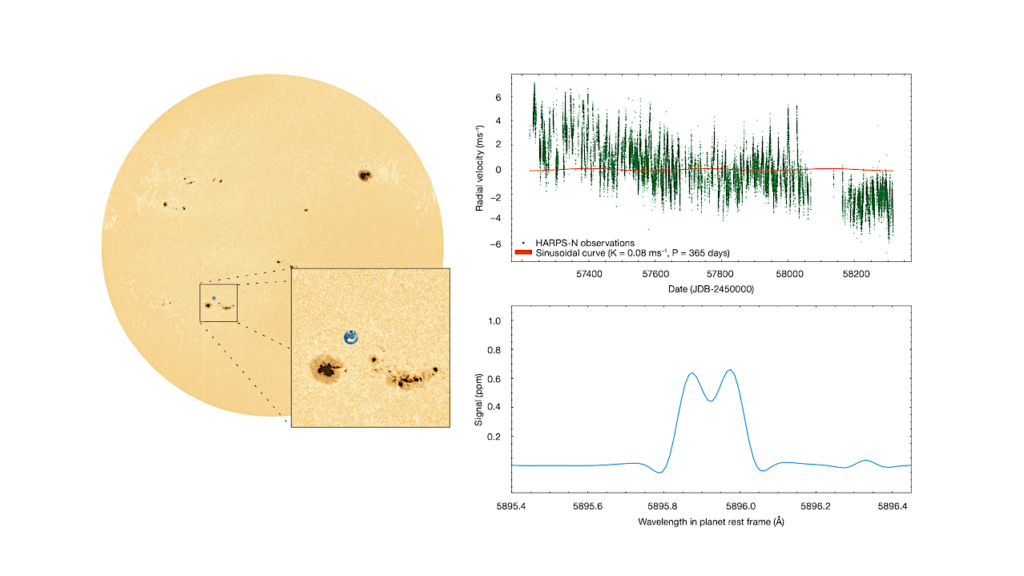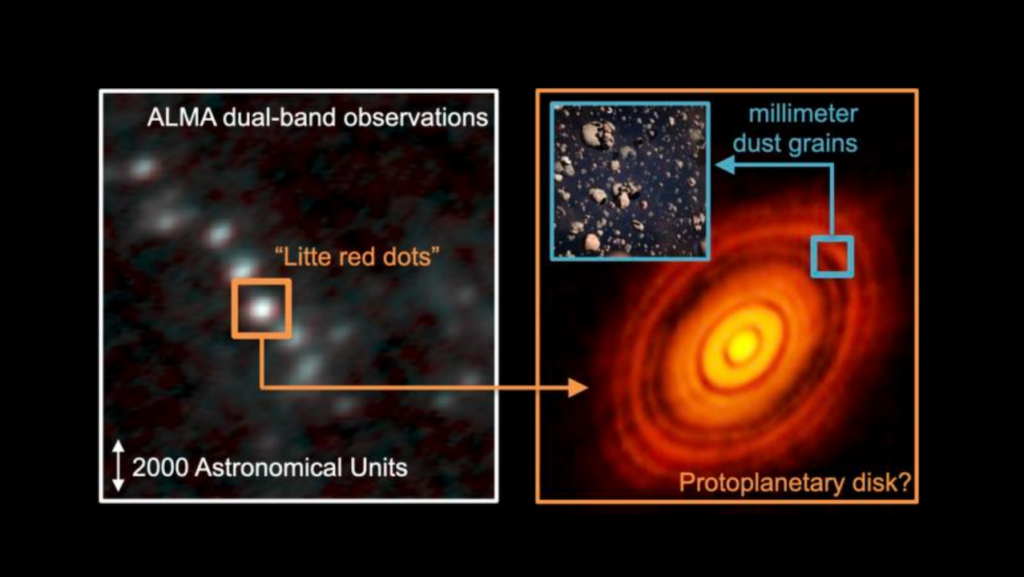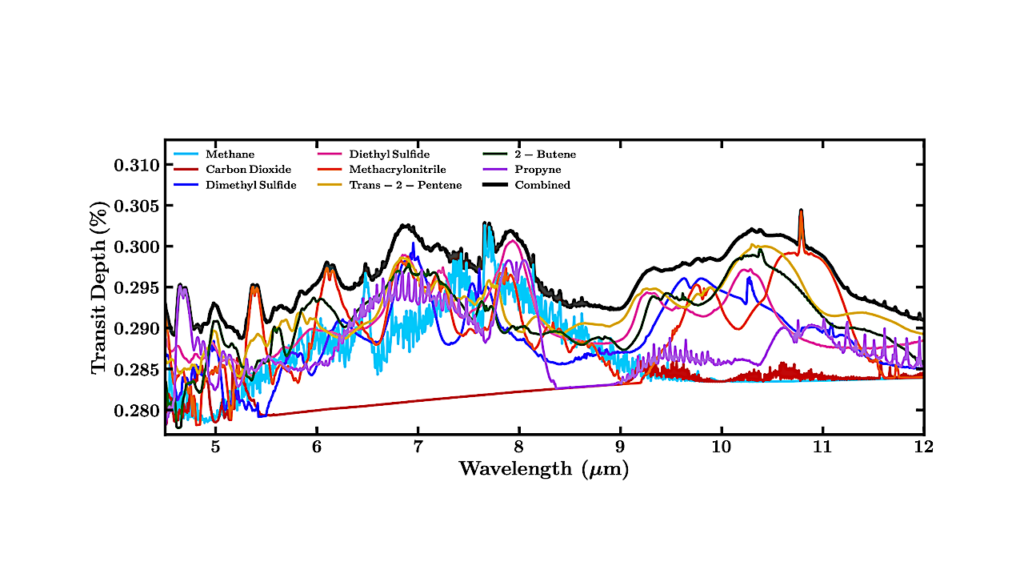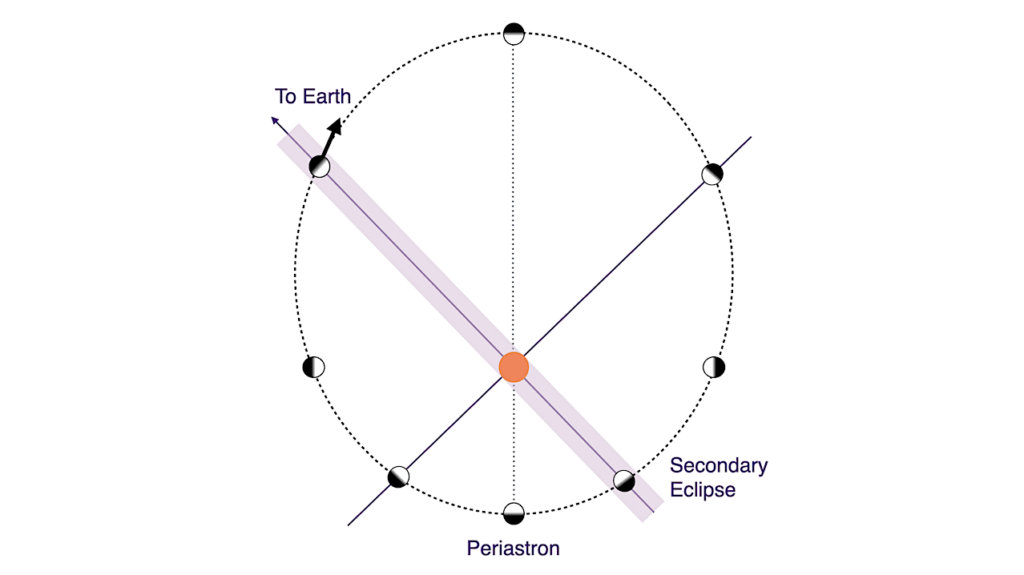Reduced-resolution Beamforming: Lowering The Computational Cost For Pulsar And Technosignature Surveys
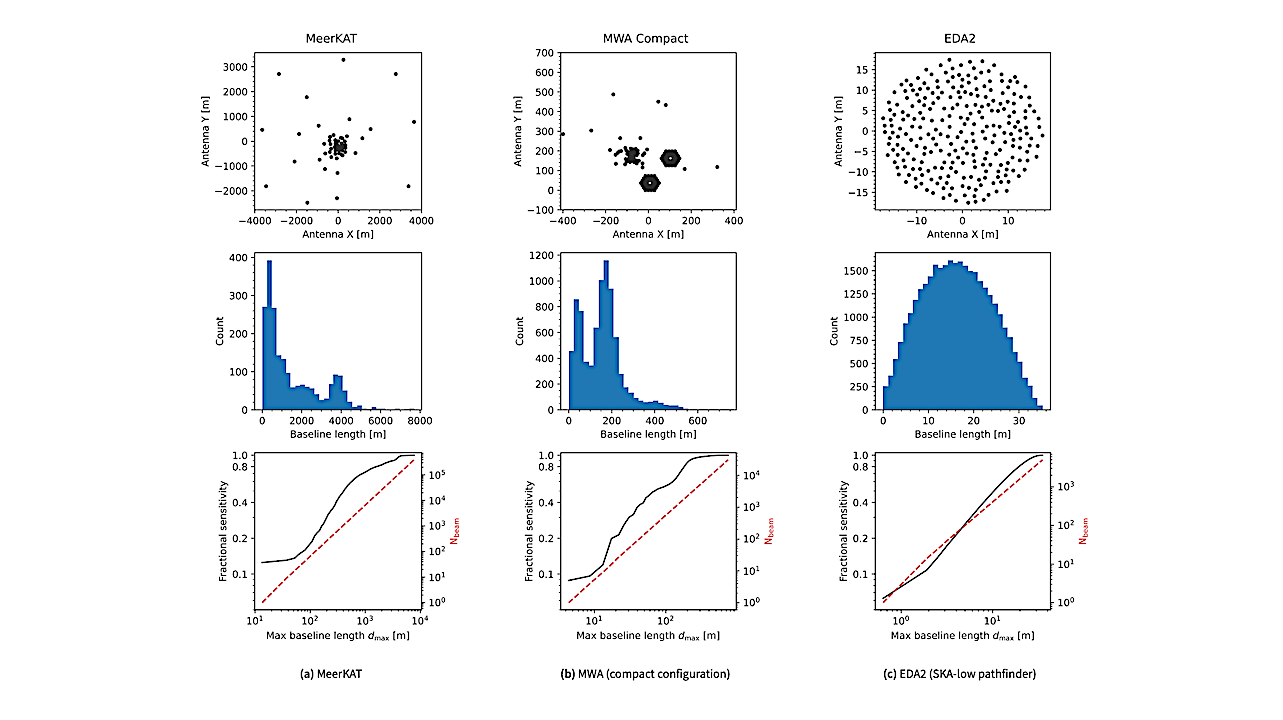
In radio astronomy, the science output of a telescope is often limited by computational resources. This is especially true for transient and technosignature surveys that need to search high-resolution data across a large parameter space.
The tremendous data volumes produced by modern radio array telescopes exacerbate these processing challenges. Here, we introduce a ‘reduced-resolution’ beamforming approach to alleviate downstream processing requirements. Our approach, based on post-correlation beamforming, allows sensitivity to be traded against the number of beams needed to cover a given survey area.
Using the MeerKAT and Murchison Widefield Array telescopes as examples, we show that survey speed can be vastly increased, and downstream signal processing requirements vastly decreased, if a moderate sacrifice to sensitivity is allowed. We show the reduced-resolution beamforming technique is intimately related to standard techniques used in synthesis imaging.
We suggest that reduced-resolution beamforming should be considered to ease data processing challenges in current and planned searches; further, reduced-resolution beamforming may provide a path toward computationally-expensive search strategies previously considered infeasible.
Danny C. Price
Comments: 11 pages, 5 figures. Submitted to PASA
Subjects: Instrumentation and Methods for Astrophysics (astro-ph.IM); High Energy Astrophysical Phenomena (astro-ph.HE)
Cite as: arXiv:2402.12723 [astro-ph.IM] (or arXiv:2402.12723v1 [astro-ph.IM] for this version)
Submission history
From: Danny Price
[v1] Tue, 20 Feb 2024 05:15:22 UTC (868 KB)
https://arxiv.org/abs/2402.12723
Astrobiology, SETI,



